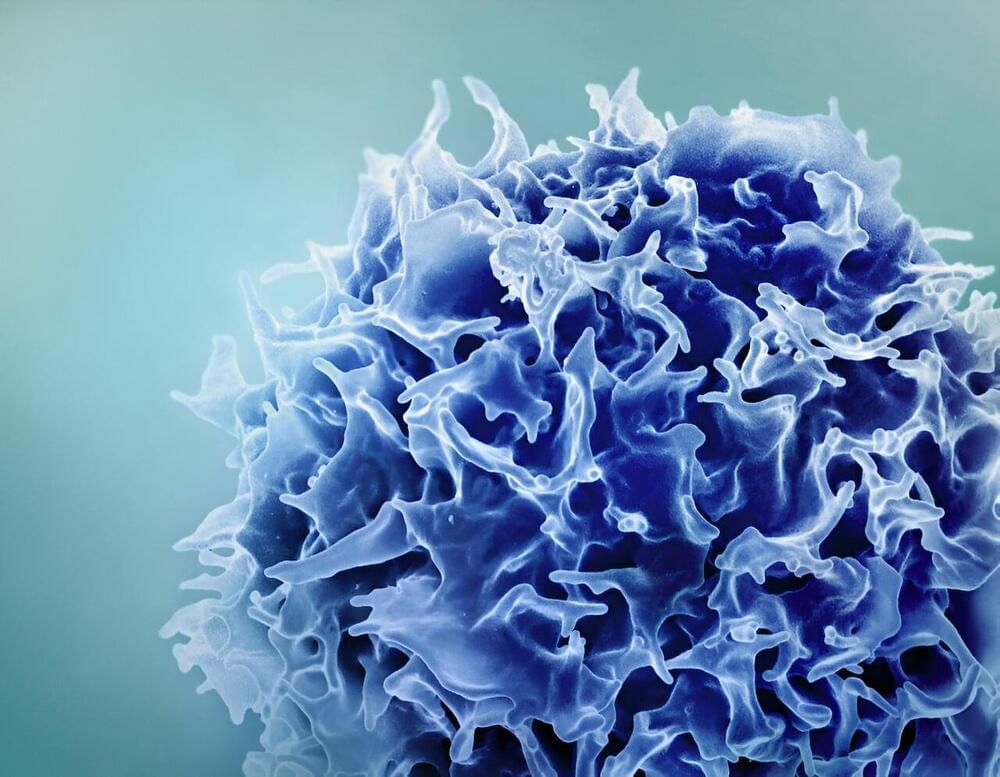According to new research in the journal Immunity, T cells have a nuclear receptor doing something very odd—but very important—to help them fight pathogens and destroy cancer cells. This receptor, called retinoic acid receptor alpha (RARα), is known to control gene expression programs in the nucleus, but it also now appears to operate outside the cell nucleus to coordinate the early events triggered at the cell surface that lead to T cell activation.
Scientists wouldn’t normally expect to see a nuclear receptor such as RARα playing this role outside the cell nucleus. And yet the new findings suggest T cells cannot begin to fight disease without a form of RARα on the scene in the cytoplasm.
“Cytoplasmic retinoic acid receptors turn out to be central for a T cell to link sensing at the cell surface with downstream signaling cascades and gene expression programs that transform the T cell to become an active fighter,” says Professor Hilde Cheroutre, Ph.D., who led the new study at La Jolla Institute for Immunology (LJI) with LJI Assistant Professor Samuel Myers, Ph.D., LJI Professor Mitchell Kronenberg, Ph.D., and LJI Professor Emeritus Amnon Altman, Ph.D.
